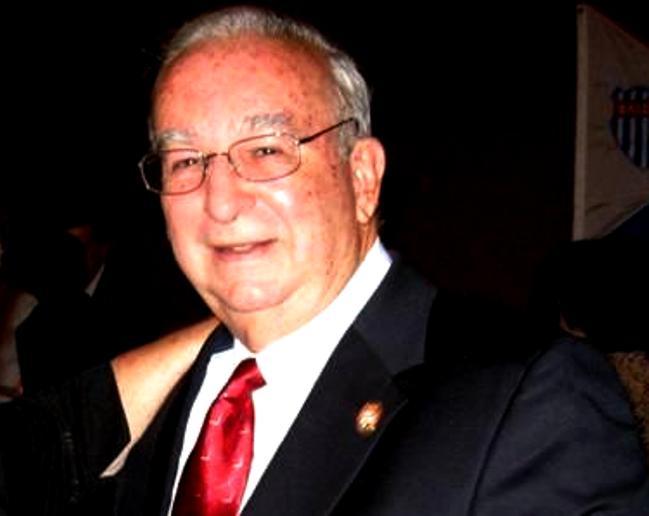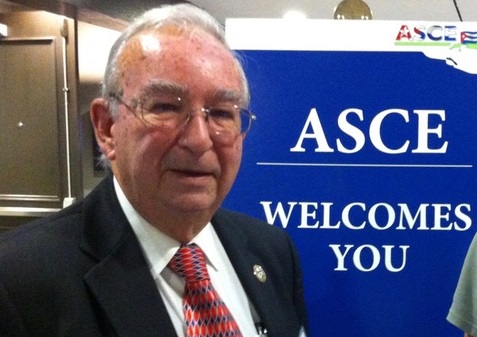Joaquin Pujol has writter up his analysis based on his presentation at the August 2012 conference of the Association for the Study of the Cuban Econ omy. It is entitled Where is Cuba Going? What economic policies have been adopted and what are the results thus far?
An abbreviated version of the Conclusions of the essay are presented below. The Complete essay is located here: “Where is Cuba Going”
Conclusions
Raul Castro has attempted to address the considerable popular discontent over living conditions on the island by opening up somewhat the economy—but only to a very modest degree, given his fear that broad-based economic reforms could be destabilizing. Yet, if no improvements are achieved, Cubans could demand political change, which Raúl has absolutely no intention of making. Rather, he will attempt to deal with the most pressing issues, such as food production, as well as housing and other economic and socioeconomic matters.
There has been little liberalization of the economy, with only a small opening to private employment and limited reform in the agriculture sector under Raúl Castro, the 10-year renewable lease on agricultural land being the most important. The dual Cuban peso/Convertible peso currency regime is a large impediment to economic reform, and development and economic policymaking remains ad hoc. There are other major disincentives to enterprise: price controls are still in effect, micro-businesses are tightly controlled, with little access to credit and highly taxed. The result is low product diversity, a large underground economy, widespread inefficiency, a low scale of production, wasted resources, contempt for law, corruption, and lack of innovation.
The policies implemented so far are quite timid and unlikely to achieve the desired results. Much deeper structural reforms are required to allow the private sector to contribute to the growth of the economy so as to allow the State to concentrate on its role of providing an appropriate legal and regulatory framework for the activities to flourish instead of trying to micro manage every thing.
The recent reforms in agriculture have many limitations, and are unlikely to significantly change the deteriorated situation that is evident in that sector. Overall food production in most items is still significantly below targets and shortages have been reported in most basic agricultural products. Cuba is producing less food than it did five years ago despite the efforts to increase agriculture production. The “land reform” has not produced many results in spite of a significant increase in usufruct farmers. All too many must still sell via state marketing agencies, few have access to the bank credit recently promised (Cuban banks are really transfer agencies; they have no experience in making true loans), and access to fertilizer, seed, etc. is still via inefficient state enterprises.
A number of problems have arisen as a result of the cutback in government expenditures. There have been shortages of imported inputs that have affected agricultural production and contributed to the stagnation of industrial output. The manufacturing crisis continues: production in 2008 was at 52 per cent of the 1989 level, according to official statistics, and has remained flat since then.
There has been a significant deterioration in education and health services, and a number of sicknesses long gone from Cuba have returned (such as dengue fever, conjunctivitis, influenza and even cholera). Moreover, the postponement of a large number of investment projects has resulted in a further neglect of maintenance and repairs of existing facilities. The elimination of government cafeterias and the reduction of subsidies through the rationing card mechanism have shifted the demand for food to the private market, while the decline in production has contributed to a 20 percent increase in prices of agricultural and meat products to consumers. Meanwhile, the morale of the public sector employees has plummeted and there has been a significant increase in thefts and corruption in the State enterprises and public offices.
A recent government report said there were 5 million people employed in 2011, similar to 2009, while unemployment rose from 86,000 to 164,000. Of those working, 391,500 were self-employed in 2011, when the government loosened regulations on small businesses, compared with 147,400 in 2009. More than 170,000 individuals have also taken advantage of a land lease program begun in 2008, the government recently reported. There was some significant progress reported in trimming the bureaucracy as the number of “directors” fell from 380,000 in 2009 to 249,000 in 2011.
But the shift from state to non-state employment is aimed in part at improving state wages and in this regard the plan has failed to achieve much progress to date. Cuba’s leaders have insisted that the country’s abysmally low state salaries can’t rise unless economic output increases. The average state worker is paid about $20 a month, and has to supplement that income by working odd jobs on the side, often in the informal sector. The average monthly wage increased from 429 pesos in 2009 to 455 in 20l1, the equivalent of just over a dollar based on the official exchange rate of 25 to 1, not nearly enough to stimulate productivity. Meanwhile, the government reported food prices alone increased 20 percent in 2011.
There are important limitations on the activities of self-employment. In addition to the very limited number of authorized activities, there is not a wholesale market where these individuals can obtain the necessary input to carry on their activities and thus in most cases they have to turn to the informal grey or black market for their supplies or try to get them from abroad thru “mules” that bring them into the country. While at the beginning the government was permitting such activities it has recently imposed a set of high tariffs on the importation of such goods. The government also has imposed high taxes on these activities, including on the hiring of additional laborers and does not recognize the costs that may be involved. The licensing process and the authorization to carry on with the activities are subject to arbitrary bureaucratic decisions and the risk of corruptive practices by government officials. The prevailing monetary duality and the various exchange rates that are not the product of a market mechanism create difficulties for transactions and distort the profitability of the activities. New start-up businesses in Cuba still can’t import supplies or equipment directly from abroad. They continue to face elaborate bureaucratic obstacles to the most trivial operational needs, like banking services and advertising. Investment capital from foreign partners can only come in secret.
A priority two years ago was the plan to shed 2 million workers from public payrolls over the course of five years. One hundred eighty-three private trades were approved by the Cuban Communist Party to absorb downsized workers. However, the limitations of private-sector work, inflexible laws, high taxes, the continuation of a dual currency system (pesos and CUCs), and poor conditions to acquire inputs have thwarted these efforts.
Surveys now show that well about 80 percent of the increased “self-employed” were previously unemployed (ie, illegally working) or retirees. About a quarter of the prior registered have turned in their licenses. The costs and harassment were so great they were reluctant to continue. This meant the “non-state” sector could not absorb the fired public workers, the first year of dismissals (let alone the six months planned) only led to a reduction of 137,000.
While there has been some liberalization in agriculture and the labor market and there has been some dismantling of the centralized decision making model, the Cuban economic model is still very close to the one used in the former Soviet Union. Non-State enterprises are limited to agriculture, a small foreign investment sector and a very limited number of self-employment activities. The State authorities retain the power to dictate the majority of the prices in the economy, as well as an excessive number of regulations of both domestic and international trade. The control over the financial flows and the rate of exchange restrict heavily any entrepreneurial initiative and the legal framework is not clearly defined. The State is still dictating the allocation of resources leaving very little room for individual initiative and the working of appropriate incentives to bring about an improvement in productivity.
Despite the efforts to improve the performance of the public sector and to give a greater role to private activity overall domestic economic activity and the well-being of the population continues to decline, there continues to be a decapitalization of the industrial park and it is unlikely that this will improve in the absence of foreign investment.
While some of the policy changes are in the right direction, the reforms so far are too timid, there are too many limitations. Much of the disconnect between the reforms and the results stems from the timidity of the reforms The central challenge facing Cuba is that its policy framework remains an impediment to productivity and growth. Pressure from both external vulnerabilities and increasingly, aging costs and emigration, are adding to this fundamental challenge.
Overall, there has been disappointment that more significant economic reforms have not materialized under Raúl Castro. Reforms such as currency unification, free access to information technology and free foreign travel in support of Cuba’s knowledge economy, or a true rationalization of the public sector, seem a long way off.
Despite the liberalization measures, illegal Cuban migration, after years of decline, is up again and unless there is a significant improvement in the standards of living Cubans will continue to leave the country by whatever means become available.
 Joaquin Pujol
Joaquin Pujol





